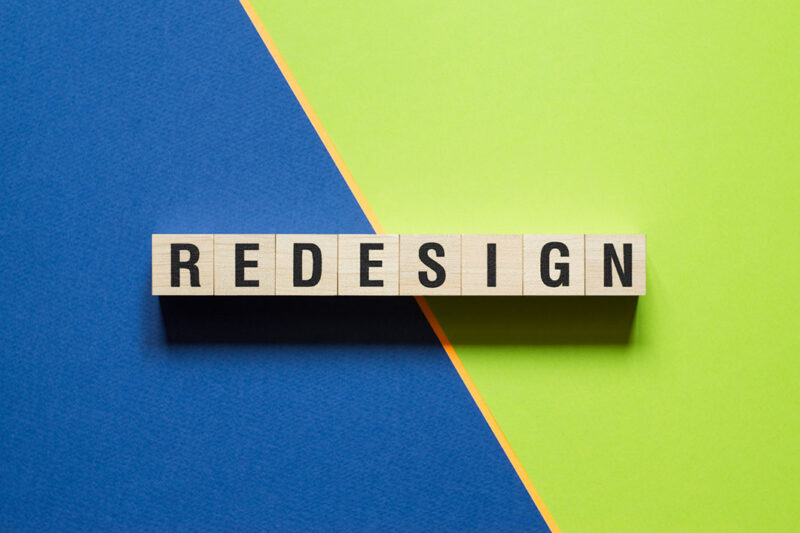
All commercial web designs eventually go stale. In my experience, this unavoidable milestone arrives about five years into the website’s life. The expense of getting an updated design can be a source of genuine concern, not to mention the stress of going through the redesign process. If your original designer has moved on, you have the added task of finding a resource you can trust to pull off a great redesign without undue disruption to your schedule.
A design’s perceived relevance isn’t entirely a subjective thing. Websites built with solid graphic design and coding principles will age better than those built with a template on the cheap years ago. The reasons for this relate to the nature of templates in general; their design is not influenced by how much content they have to support. So, most template-based websites look like they do because the design was chosen from a template first, then the content was stuffed into it. Right out of the gate, the design is struggling.
Here are some things that can make the inevitable redesign an exciting time to be alive:
- Find all the documentation you can on how your website was built and give it to your designer. A website is not a static canvas like a Photoshop file.
- If you are reading this and are having your website built for the first time, demand that the web design company provide documentation about how things work on your website. This way, if another web design company needs to take over in the future, they know how things are constructed. It directly impacts all aspects of graphic design on a website.
- Decide upfront if this is an aesthetic redesign or if it is also the time to re-visit website features such as shopping systems, secure document libraries, client portals, or other things that drive value. If you decide functional modifications are needed, then it’s time to put the graphic design on temporary hold. Once the functionality is all sorted out, the graphic design aspect can be restarted.
- Will the website’s content change, or is this a straight switch to a newer design while everything else remains the same? These types of redesigns tend to complete the fastest and are what most people initially think of when they imagine a redesign.
- If this is also a time for new content, then that will greatly impact what a designer creates. Get the content roughly known upfront. It doesn’t need to be in any form of completion, but there should be enough known about the content to give a graphic designer (or someone who designs in code) a good idea of what’s expected. For example, how much written, image, video, or other content will be on the home page? How do we want the progressive disclosure of information to proceed from the top of the screen to the footer, including any Call To Actions? Lots of questions arise when content is up for revision. Answering them in the beginning greatly reduces the time and cost required for the redesign.
If it’s time to redesign your website, gathering the right information and asking the right questions before a web designer gets involved will cut down on cost, time, and stress.
